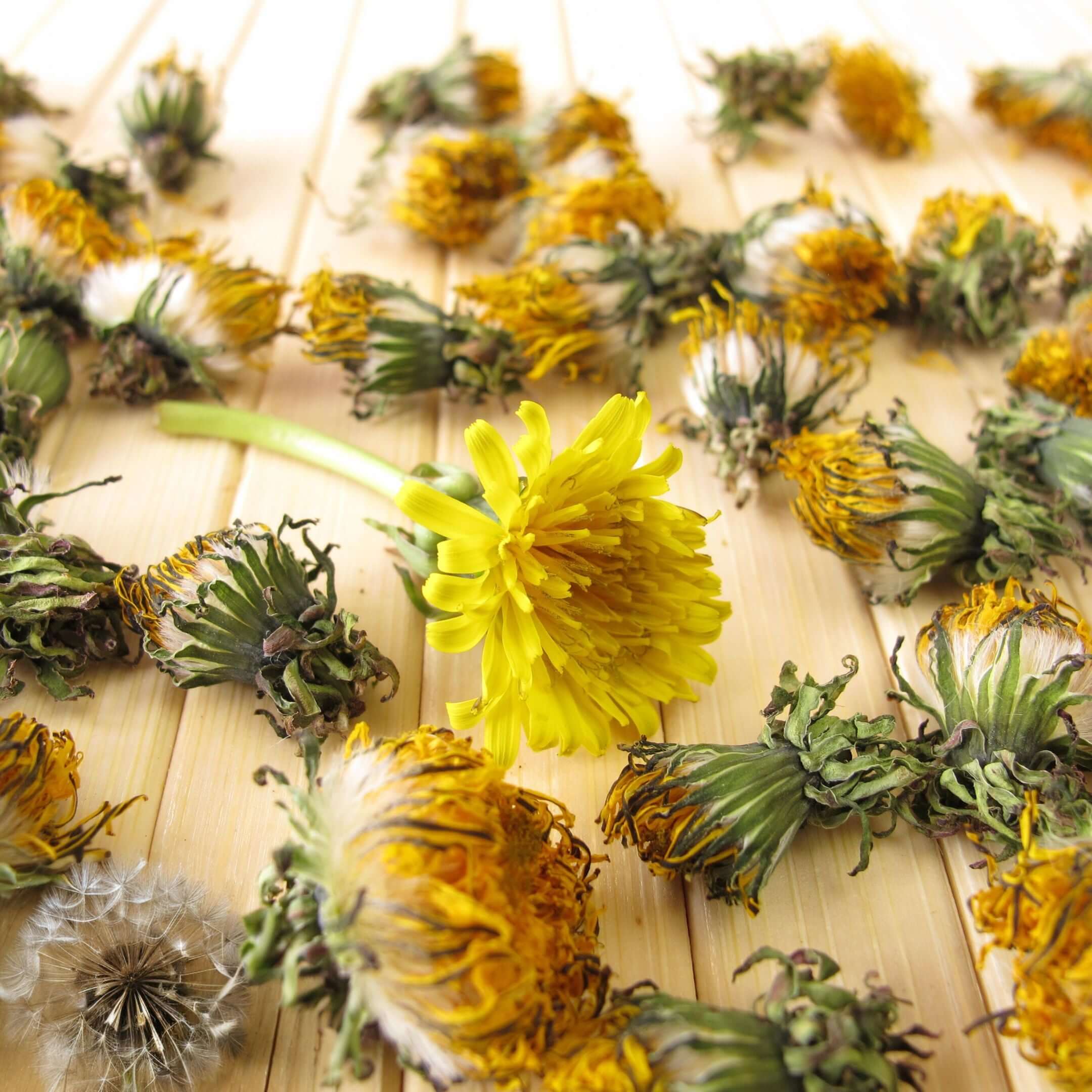探索蒲公英:穿越歷史、傳統與美食的旅程
蒲公英花經常被視為雜草,但在歷史和傳統醫學中卻佔有重要地位。這些鮮豔的黃色花朵不僅令人賞心悅目,而且還具有豐富的健康益處和烹飪潛力。在Sacred Plant Co ,我們深入探討蒲公英的歷史根源,探索它的傳統用途,並分享突顯其獨特風味的美味食譜,以此來讚美蒲公英。
蒲公英花的歷史根源
據信蒲公英(或稱Taraxacum officinale )是在大約 3000 萬年前在歐亞大陸進化而來的。從歷史上看,羅馬時代和古希臘醫生(如迪奧斯科里德斯)的記錄都提到了蒲公英的藥用價值。到了 10 世紀,阿拉伯人逐漸改良了這種植物的栽培,並廣泛應用於醫療領域。蒲公英不僅因其健康益處而受到珍視,還因其精神像徵而受到珍視,其明亮的黃色代表太陽驅散黑夜的力量。
跨文化的傳統用途
傳統上,蒲公英一直是不同文化中草藥的主要成分。它們以其利尿特性而聞名,被用於促進肝臟健康、排毒血液和緩解消化問題。在傳統中醫中,蒲公英用於「清熱」和消炎。美洲原住民也利用蒲公英治療腎臟病、腫脹、皮膚病和胃灼熱。
在中世紀的歐洲,蒲公英是逾越節期間使用的傳統「苦菜」的一部分。這些草藥的苦味象徵希伯來人在埃及所經歷的嚴酷奴役。
烹飪用途:不僅僅是一種野草
在廚房裡,蒲公英有多種用途,從根部到花。其葉子常用於沙拉,具有類似芝麻菜的辛辣胡椒味。其根部可烘烤和研磨,作為咖啡的替代品。然而,金色的蒲公英花味道更甜,像蜂蜜一樣,非常適合各種烹飪創作。
擁抱蒲公英
蒲公英從一種隨處可見的庭院雜草,到一種受人尊敬的草藥和烹飪原料,其歷程證明了它的韌性和多功能性。在 Sacred Plant Co,我們鼓勵您重新發現這種令人難以置信的植物,探索它的歷史和許多好處。請造訪我們的產品頁面,獲取我們的優質乾燥蒲公英花,並利用這種古老的草藥開始您自己的健康和烹飪探索傳統。





